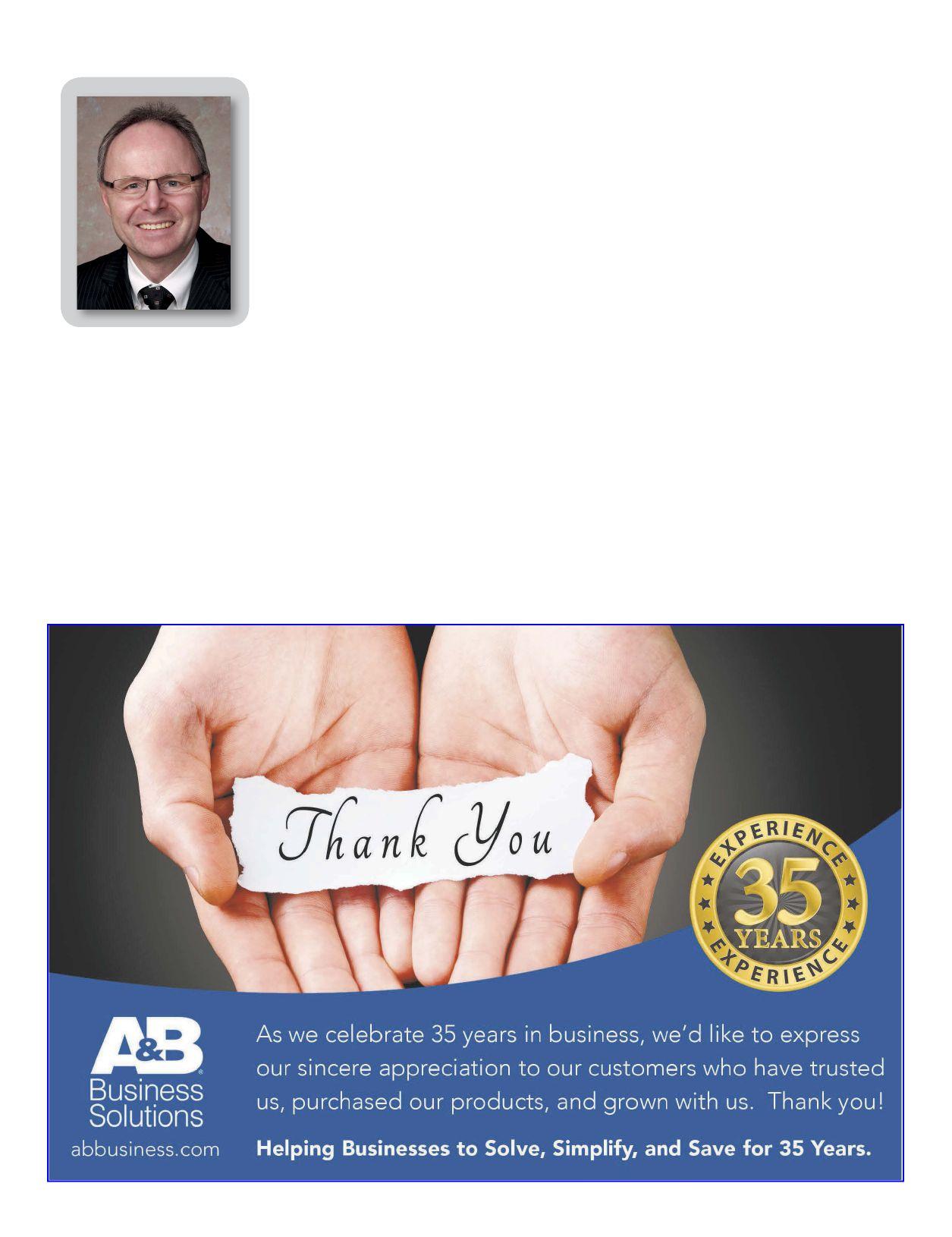
1 minute read
Standards Influence Culture
BY MATTHEW D. MOHR
In addition to target revenues and profits, business owners determine policies for their enterprises that involve a multitude of things from cleanliness to what employees are expected to wear. All of these standards and expectations create an organization’s culture. Stricter standards usually translate to more dominant management, which in today’s work environment is hard to maintain.
When a business owner decides not to properly care for property, a message is sent to employees and customers that sloppiness is acceptable and to expect sloppy workmanship. The millennial generation (as did the baby boomers) grew up being told people should not be judged by their appearance. Baby boomers understood this was meant as a caution against bias, prejudice and unsubstantiated criticism. Millennials have taken it as a standard and are much more likely to accept people and things as they are, but as a consequence resist rules and dominant cultural values. If a person wants to skip a haircut for a year or not shower for a few weeks, millen- nials don’t judge, while baby boomers suggest the person get cleaned up.
Regardless of what we have been told or think we believe, most of us judge others, and impressions do influence our decisions.
T-shirts and blue jeans with holes are not acceptable attire in all circumstances (a funeral or wedding, for example), yet the “don’t judge them attitude” makes some think anything is acceptable anywhere.
As we look toward the quality of our organization, few business owners want a “good enough” culture to be the prevailing attitude of employees. Building a culture based on honesty, working for customers and dedication to do the right things is part of leading an organization. Failing to set standards and improve an organization over time leads to business failure.
The standards a business sets determine the culture created. PB
Matthew D. Mohr CEO, Dacotah Paper Co. Fargo, N.D. mmohr@dacotahpaper.com











